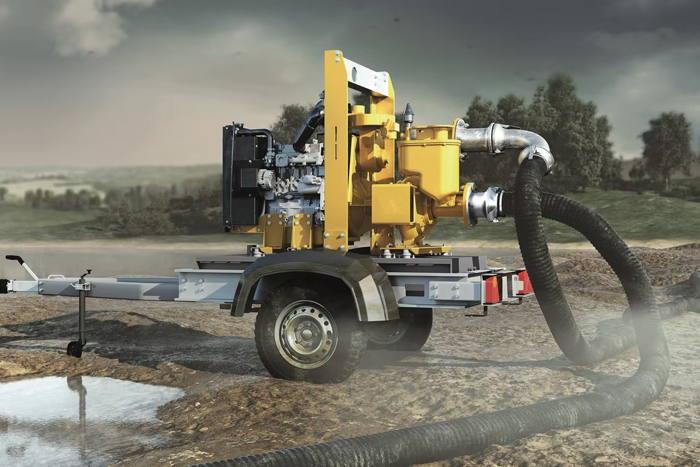
The Ultimate Guide to Selecting Dewatering Pumps
Dewatering Pumps are a type of pump that is used to remove water. Because of the water level at the location, water logging might occur during construction. Since a foundation might crumble in such situations, water inhibits the construction activity. As a result, the building site must be dewatered. Dewatering is the process of removing surplus water from a construction site or pit.
A pump is one of the most important pieces of dewatering equipment. Pumps are used to drain water from the location and transport it to a different area. The engineer must choose appropriate pumps for pumping the water; else, the dewatering cost will rise.
Certain variables must be addressed while choosing the proper pumps for dewatering. If appropriate pumps are used, the dewatering operation becomes considerably easier, the overall cost of dewatering decreases, and work progresses quickly.
Selection Criteria for Dewatering Pump Size:
- Size of Pump:
The size of the pump must be determined by the volume of water to be extracted. Pumps for construction sites range in power from 1-2 kW to over 10 kW. It is advisable to hire many pumps for dispersed water removal from the site if groundwater extraction is projected to last for a longer period over a large surface area. - Discharge Head:
The discharge head is the level to which the pump must penetrate the earth to transport water to another location. The pump size should be chosen based on the depth. If the discharge head is varied for different well sites, the pump should be chosen accordingly rather than placing pumps with the same discharge head capacity. Submersible pumps are employed when the discharge head is greater than 5 metres. - Rate of Flow:
You should always equip a pump which should flush a site of water at a desired flow volume and time. On a smaller location, a pumping rate of 20 litres per second is sufficient for the needed duration. If you’re doing a lot of extraction, you might want to choose a larger pump that can handle it. - Sludge Removal:
Sludge, building debris, muddy water and other components may need to be removed with the water in some circumstances. Contractors have a variety of solutions for dealing with any composition:
Drainage pumps are used to move water with less abrasive materials.
Sludge pumps are used to remove non-abrasive silt and sludge. Slurry pumps are used to remove water from a slurry containing abrasive suspended materials such as sand, gravel, or concrete.
When choosing a pump for dewatering, keep the aforementioned parameters in mind. Dewatering will be effective and simple if you choose the proper pump and dewatering method.

